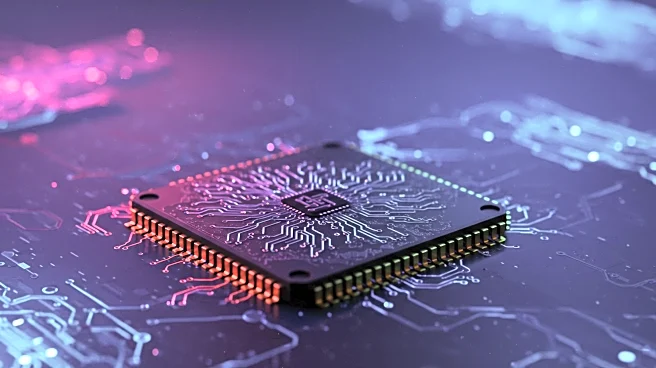What's Happening?
A new mechanodynamic brain on chip (BoC) has been developed to study human stem cell-derived neuronal networks. The BoC utilizes femtosecond laser micromachining to create microfluidic channels in fused silica glass, allowing for precise control of neuronal environments. The device features a flexible PDMS membrane that can be mechanically stimulated to mimic physiological conditions. Researchers used the BoC to analyze calcium signaling in neurons, revealing differences in activity between 2D and 3D cultures. The study demonstrated the potential of the BoC for investigating mechanotransduction processes and the impact of mechanical forces on brain cells.
Why It's Important?
This innovation provides a platform for studying neuronal behavior in controlled environments, offering insights into how mechanical forces influence brain cell function. The BoC could be instrumental in researching neurological disorders, drug responses, and brain development. By simulating in-vivo conditions, the device allows for more accurate modeling of neuronal networks, potentially leading to breakthroughs in understanding brain physiology and pathology.
What's Next?
Further research may focus on optimizing the BoC for various applications, including drug testing and disease modeling. Researchers might explore different materials and configurations to enhance the device's capabilities. The BoC could be integrated into larger systems for comprehensive studies of brain function, contributing to advancements in neuroscience and personalized medicine.













